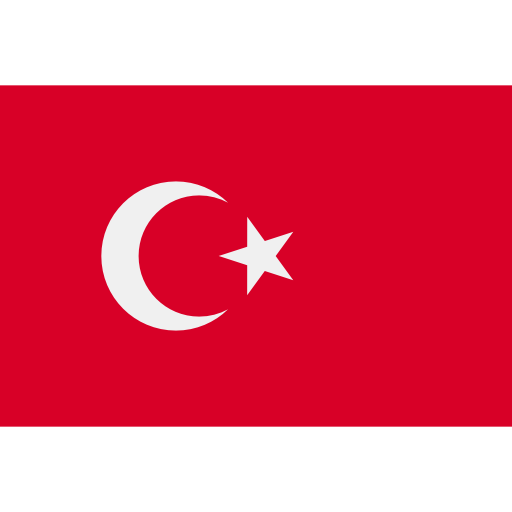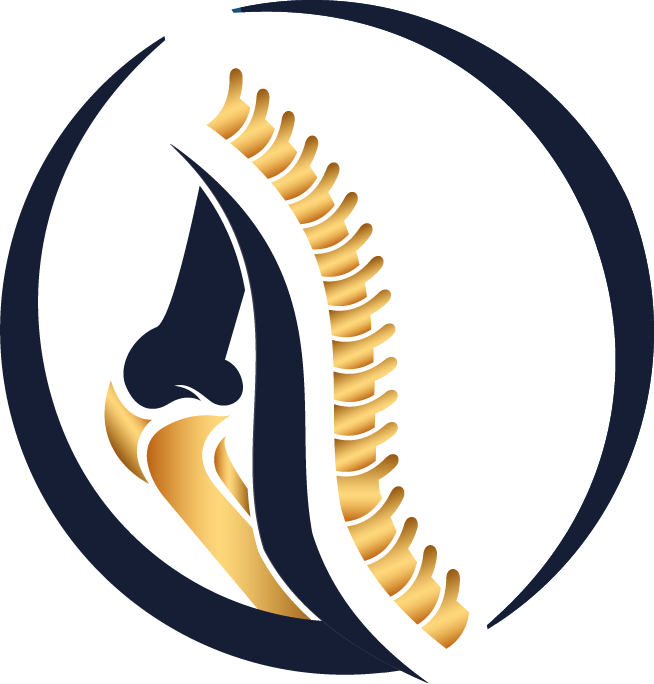What is Kyphosis?
Kyphosis is a condition characterized by an abnormal forward bending of the spine, resulting in an excessive curvature of the back. While mild kyphosis typically presents few issues, severe cases can lead to difficulties in activities such as standing and even breathing. This condition varies in severity, presenting as a deformity of the spine.
When kyphosis ranges between 20° and 55°, it falls within the normal spectrum; however, more advanced degrees require treatment. Kyphosis, which can have detrimental effects on both physical and psychological well-being, has the potential to significantly diminish one's quality of life.
Some of the known causes of the disease, which can also develop genetically, are as follows:
- Malnutrition and vitamin deficiency
- Posture disorder
- Inflammations and tumors that may occur in the spine
- Tuberculosis
- Fractures in the spine caused by an accident or senile osteoporosis
- Osteoporosis
- Insufficient growth of the growth nuclei at the front of the vertebrae in developing children.
What are the Signs and Findings in Kyphosis?
The signs and symptoms of kyphosis vary depending on the cause and severity of the curvature. These can be listed as follows:
- Round shoulders
- A visible hump in the back
- Back pain
- Spine stiffness
- Tiredness
- Stiffness in the muscles of the back of the thigh
What are the Types of Kyphosis?
There are many types and causes of kyphosis. The three most common kyphosis affecting children and adolescents can be listed as follows.
• Postural Kyphosis
• Scheuermann's Kyphosis
• Congenital (congenital) Kyphosis
Postural kyphosis
The most prevalent form of kyphosis, typically manifests during adolescence. It is clinically identified as poor posture or slouching. Nevertheless, significant structural abnormalities of the spine are seldom observed. The curvature induced by postural kyphosis is usually rounded and smooth. Moreover, the curvature can generally be rectified by the individual when prompted to "stand erect". Postural kyphosis is more prevalent in females than males. It is rarely accompanied by discomfort and may not lead to issues in adulthood as the curve does not progress.
Scheuermann's Kyphosis
Like postural kyphosis, Scheuermann's kyphosis typically manifests during adolescence. It can result in a deformity that is notably more pronounced than postural kyphosis, especially in individuals with a slender physique. Scheuermann's kyphosis is attributed to a structural anomaly in the spine. In individuals with Scheuermann's kyphosis, a lateral X-ray will reveal that multiple consecutive vertebrae exhibit a more triangular morphology rather than the typical rectangular shape. The curvature induced by Scheuermann's kyphosis is typically abrupt and angular. In contrast to individuals with postural kyphosis, those with Scheuermann's kyphosis are unable to rectify the curve by assuming an upright posture.
Congenital Kyphosis
This form of congenital kyphosis manifests at birth, stemming from abnormal spinal development in utero. Anomalies in bone formation or fusion of multiple vertebrae characterize this condition. Congenital kyphosis tends to deteriorate with age, necessitating early surgical intervention to halt curvature progression. Often, individuals with congenital kyphosis exhibit accompanying birth defects impacting various bodily systems such as the heart and kidneys.
How is Kyphosis Diagnosed?
Diagnosis of kyphosis is a complex process that requires a thorough assessment conducted by a medical professional, often involving the utilization of various diagnostic imaging modalities. For instance, a medical provider may recommend an X-ray to visualize the spine and assess the curvature. In cases where kyphosis is suspected, an X-ray revealing an angle exceeding 50° in the thoracic region of the spine is typically considered abnormal, indicating a significant curvature that may require further evaluation and management.
During the diagnostic evaluation, the medical professional will carefully examine the X-ray results, looking for any signs of structural abnormalities or deformities in the spine that could contribute to the kyphotic posture. Additionally, other imaging modalities such as magnetic resonance imaging (MRI) or computed tomography (CT) scans may be utilized to provide a more detailed assessment of the spinal structures and surrounding tissues, helping to determine the underlying cause of the kyphosis.
It is essential to recognize that the diagnosis of kyphosis is not solely based on imaging findings but also involves a comprehensive clinical evaluation, including a detailed medical history, physical examination, and potentially additional tests to assess neurological function and overall health. By integrating information from various sources, healthcare providers can establish an accurate diagnosis, develop a tailored treatment plan, and monitor the progress of individuals affected by kyphosis.
Kyphosis Treatment
Some factors should be considered in regulating the treatment of kyphosis:
- Patient age
- Remaining growth potential
- Type of kyphosis
- The severity of the curvature
Postural kyphosis is managed through non-surgical interventions. Treatment modalities include targeted exercises, pharmacotherapy, adjustment of sitting postures, optimization of children's study furniture to ensure proper positioning, and alignment of monitor and keyboard heights for ergonomic purposes.
In the case of Scheuermann's kyphosis, the treatment approach is determined based on the patient's growth potential and the degree of curvature. Angles ranging from 50-80°, indicating ongoing growth, may necessitate bracing, whereas angles exceeding 80° typically warrant surgical intervention. Unlike scoliosis, some amelioration of Scheuermann's kyphosis can be achieved through meticulous brace application in suitable candidates.
Individuals with Congenital kyphosis often require surgical intervention as the primary course of action.
Related Articles on Spine Conditions
- Understanding Adolescent Idiopathic Scoliosis
- What to Do When Adolescent Scoliosis Is Detected? A Roadmap for Families and Patients
- Do Scoliosis Exercises Really Correct the Curvature?
- How Does Life Continue After Scoliosis Surgery?
- Spondylolysis in Young Patients: Symptoms, Diagnosis & Modern Treatment Options
- 7 Simple Daily Habits to Prevent Herniated Disc
- Vertebral Compression Fractures in the Elderly: When Is Surgery Necessary?
 Türkçe
Türkçe
 Arabic
Arabic


